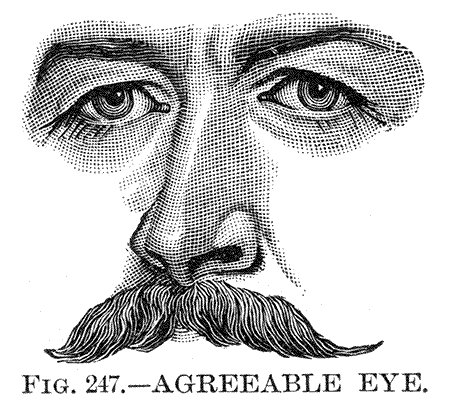Snow
|
Orhan Pamuk. Snow. tr. Maureen Freely. 2004 (2002). |
The silence of the snow, thought the man sitting just behind the bus driver. If this were the beginning of a poem, he would have called what he felt inside him ‘the silence of the snow’.
In chs. 29 and 41 of Snow Pamuk tells his reader how the story should be read – generally a worrying practice from a novelist. The analysis is putatively of the book within a book, a collection of poems written by the poet Ka (who uses his initials because he does not like his given name: Kerim Alakuşoğlu), and this collection of poems, also called Snow, is based on the six-armed shape of a snowflake.
Ka was one of those who shy away from happiness for fear of the pain that might follow. So we already know that his most intense emotions came not when he was happy but when he was beset by the certainty that this happiness would soon be lost to him (347).
This reader’s manual is divided over an interval of twelve chapters. I leave the reader to do the math. Only the most superficial analysis of the novel could be undertaken without a thorough understanding of this structure. Thus I feel I am not at liberty to discuss the joys of the intrusive narrator (Orhan – great shades of Vladimir or Paul Auster (ick), &co.) or the elegant tangles of plot (involving a theatrical military coup in a provincial Turkish town) and character (how many love triangles can be crammed into one novel?).
As Ka had so often suggested to me, I simply did not understand poetry well enough, nor the great sadness from which it issues. So there had been a wall between us; a wall that now divided me no just from the melancholy city described in his notes, but from the impoverished place I was seeing with my own eyes (387).
Collectively and individually – every act is a betrayal, every memory stolen, and every desire inherited. Connecting all, of course, is elegance, precision, and a terrible beauty.
